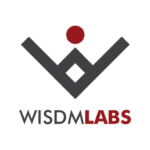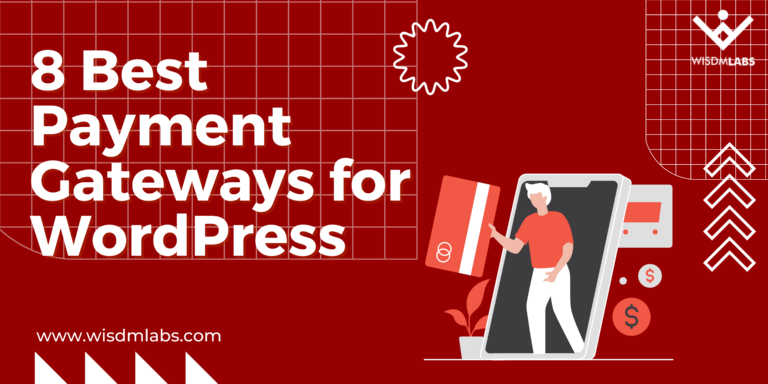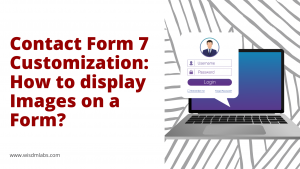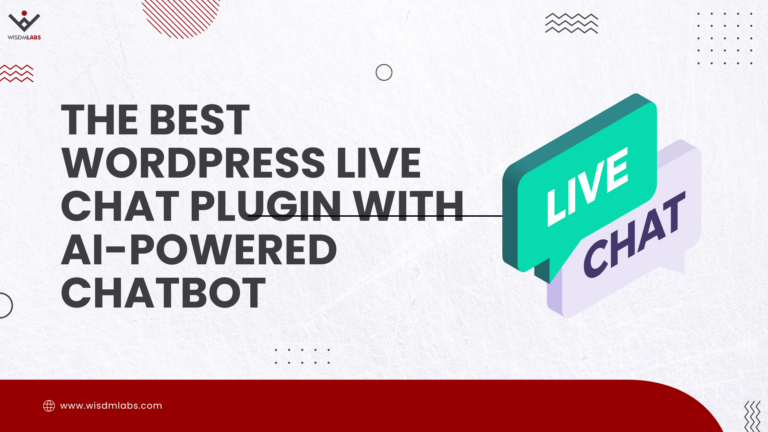 The advantage WordPress multisite offers, is often overlooked. I used to be a person who was wary of going the multisite route. But having worked with it several times now, I understand it’s potential and even recommend it at times, because of the sheer convenience.
The advantage WordPress multisite offers, is often overlooked. I used to be a person who was wary of going the multisite route. But having worked with it several times now, I understand it’s potential and even recommend it at times, because of the sheer convenience.
Now, similar to WordPress.com – that’s a multi-author blog hosting website, educational institutions or universities can host courses by multiple instructors or for different departments using a WordPress multisite setup.
In a very crude way, this is how the setup would be:
- A sub-domain (a website in a network) would be created for an instructor or a specific department or discipline. For example, Geology courses would be on one website, Computer Science courses would be on another
- Each sub-domain admin would get a site ready with LearnDash and WooCommerce setup
- They would be able to create their own courses
- Students could enroll for these courses, and would be managed by sub-domain admins
To monetize this setup, you – as the super-admin (network admin) – could claim a percentage commission from sub-domain admins on course sales, or could charge them a recurring fee for using the setup.
The main site could be set up as a marketplace for all courses on sub-domains.
So, how do we go about providing such a setup?
#1 Creation of Main Network and Sub-domains
When you set up WordPress as a multisite you have control on the plugins and themes that can be activated on the sub-sites.
- As the super-admin, you can activate LearnDash and WooCommerce on all sub-sites
- You can then install certain themes for LearnDash, which sub-domain admins can choose from to activate on their site
- Based on your requirement, payment gateway extensions could be added as well for course purchases
- LearnDash add-ons such as Content Cloner, ProPanel, Group Registration could be optionally added
- Contact Form 7, Yoast SEO plugins are recommended to be added to make each e-learning website complete
Once the network is setup, you can create a registration option on it, to allow interested instructors to signup. Alternatively, this process could be completely handled offline if you would want to do so.
Now, a registration option could be setup in two ways – one, using a form plugin or two, using a product created in WooCommerce. The option I recommend is to use WooCommerce because with the extensions available you could set up a one payment fee for the registration or set up recurring payments.
Once an interested instructor registers, you can manually create a sub-site with the instructor as the admin, or can automate this process. Some customization would be required here to automate the process. To take things further, creation of important pages, or plugin setup could also be automated.
#2 Instructor Privileges
Each instructor would be the admin on the sub-site. They would be able to set the theme of their choice (from the list of themes available).
They would also be able to create pages on their site, add their own logo, create a contact form and more.
Course Creation
Instructors would have complete privileges to create their own courses and add course content. They would also have control on making the courses paid and adding them as products in WooCommerce.
Instructors would be able to manage students that enroll for their courses and track their progress.
#3 Creating a Marketplace
A marketplace would be an ideal model that you could set up on your main network to market courses from all sub-sites. With a marketplace model, your main site would archive and display courses. Interested students could then be able to browse, search or filter the courses.
Upon choosing a course which they would be interested in, they would be redirected to the individual sub-site to make a purchase or to enroll.
#4 Handling Commissions
Now, to monetize your LearnDash multisite setup, you have two options-
- you could set up paid registration with a monthly recurring fee
- you could take a percentage commission of every course sale made
It’s up to you to pick the option (or both options) as you deem appropriate.
You can easily set up paid registration (with or without a recurring fee) using WooCommerce and the WooCommerce Subscriptions plugin. You would have to suspend admin access or the website altogether once the subscription expires.
For a percentage commission a bit more tweaking is needed. Every time a sale is made, a percentage of the sale would have to be credited to the super-admin. This could be just a record that is maintained, and payments could be taken offline.
Without WordPress multisite, it would take a lot of effort to put this entire operation in place. This simple, yet powerful setup would allow you to easily monitor all sub-sites and manage them. 🙂
Well, that’s about the features I think are most needed; if you think there are any more features that would be useful, let me know, and we could find a way to include them in the setup!










